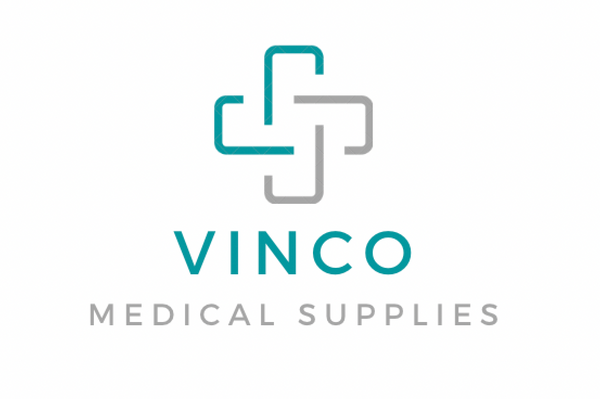Pressure sores, commonly known as bed sores or decubitus ulcers, can be a serious concern for individuals with limited mobility. These painful sores typically occur on areas of the body with less fat and muscle, such as the heels, due to constant pressure or friction. To combat this issue, heel protectors for pressure sores are essential. They provide a cushion that alleviates pressure and helps prevent skin breakdown. This blog post will discuss the best heel protectors for pressure sores, focusing on gel heel protectors, heel cups for bed sores, and other solutions designed to reduce heel pressure.
Why Heel Protectors Are Essential for Pressure Sore Prevention
Heel protectors for bed sores play a crucial role in minimizing the risk of pressure sores on the heels. By providing a buffer between the heel and hard surfaces like beds or wheelchairs, these devices reduce pressure, friction, and shear. This can prevent the development of painful sores and promote healthier skin.
Types of Heel Protectors for Pressure Sores
There are several types of heel protectors designed to address pressure sores, each with its own advantages. Here are some common types:
-
Gel Heel Protectors for Pressure Sores: These protectors use a soft gel material to cushion the heel. They are known for their ability to evenly distribute pressure, reducing the risk of pressure sores. The gel also provides a cooling effect, which can help soothe irritated skin.
-
Heel Cups for Bed Sores: Heel cups are designed to encircle the heel, providing support and protection. They can be made from foam, silicone, or gel, offering a contoured fit that reduces pressure on the heel. This design is particularly useful for individuals who spend extended periods in bed or a wheelchair.
-
Foam Heel Pressure Sore Cushion: These cushions are made from high-density foam and are designed to lift the heel off the bed, eliminating direct pressure. They are often used in hospital settings and can be beneficial for individuals recovering from surgery or those with limited mobility.
Choosing the Best Heel Protectors for Pressure Sores
When choosing the best heel protectors for pressure sores, consider the following factors:
-
Comfort: The protector should be comfortable enough for long-term use without causing irritation or discomfort.
-
Adjustability: Look for heel protectors with adjustable straps or closures to ensure a secure fit for different foot sizes.
-
Breathability: Breathable materials help keep the skin dry and reduce the risk of moisture-related issues.
-
Durability: The protector should withstand regular use without losing its shape or effectiveness.
-
Portability: Lightweight and portable heel protectors are easier to use at home, in hospitals, or during travel.
Incorporating Heel Protectors into a Decubitus Care Plan
Heel protectors for pressure sores are most effective when combined with a comprehensive decubitus care plan. This includes regular repositioning, proper nutrition, and routine skin assessments. Here's a step-by-step guide to using heel protectors in your care routine:
-
Assess the Risk: Identify if the patient is at risk of pressure sores. Factors like mobility issues, chronic conditions, and advanced age can increase this risk.
-
Apply the Heel Protector: Place the heel protector around the heel, ensuring it provides adequate support and cushioning. Adjust straps or closures for a secure fit.
-
Monitor the Skin: Regularly check the skin for signs of redness, irritation, or developing sores. Reposition or adjust the protector as needed.
-
Reposition Regularly: To further reduce the risk of pressure sores, reposition the patient regularly to distribute pressure evenly.
Conclusion: Protecting Heels from Pressure Sores with Effective Cushions
Heel protectors for pressure sores are a vital component in preventing bed sores and maintaining skin health. Whether you choose gel heel protectors, heel cups for bed sores, or foam heel pressure sore cushions, these devices offer the support and cushioning needed to reduce pressure and prevent skin breakdown. By incorporating heel protectors into a comprehensive care plan, you can significantly reduce the risk of pressure sores and ensure better outcomes for individuals with limited mobility.
